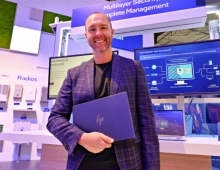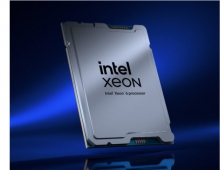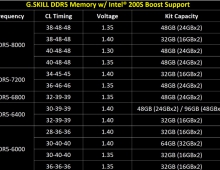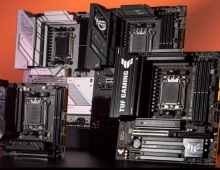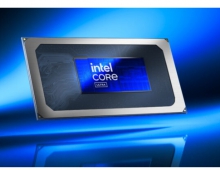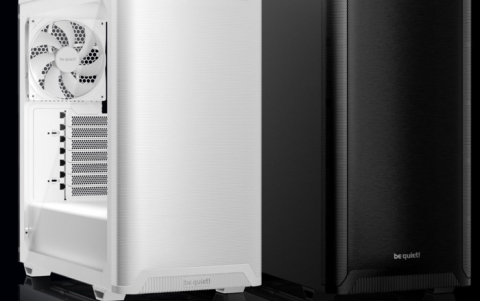
NASA taps SGI, Intel for supercomputer
NASA has picked Computer maker Silicon Graphics Inc. and chipmaker Intel to develop a major supercomputer based on Linux to simulate space exploration and conduct other research, SGI announced Tuesday.
SGI said the National Aeronautics and Space Administration plans to integrate 20 512-processor SGI Altix systems using Intel's Itanium 2 processors. With an eventual 10,240 processors, the Space Exploration Simulator will be among the world's largest supercomputers based on the Linux operating system, the company said.
The machine, to be housed at the Ames Research Center in California's Silicon Valley, will likely be one of the most powerful supercomputers. It will have twice as many processors as the machine from NEC now ranked No. 1 on a list of the 500 fastest supercomputers.
The new supercomputer is part of a NASA collaboration with SGI and Intel called "Project Columbia," which is intended to lead to breakthroughs in space exploration, global-warming research and aerospace engineering, SGI said.
"The exploration of the universe remains one of man's greatest challenges," Intel CEO Craig Barrett said in a statement. "The 'Project Columbia' supercomputer, designed by NASA, SGI and Intel, will enable the world's brightest designers and scientists to look a little deeper and reach a little farther in their understanding of, and achievements in, space."
Officials from NASA said the new machine will increase the agency's supercomputing capacity about 10-fold. NASA will spend about $45 million on computer gear for the project over three years, the officials said.
The deal represents a victory not only for SGI and Intel but for the Linux operating system. Historically, supercomputers have been monolithic machines based on proprietary technology from companies such as Cray and IBM. But a number of companies have been assembling powerful computers by linking machines that use chips from Intel and the Linux open-source operating system.
Until now, SGI's largest-announced Linux cluster had been a 1,024-processor system being built for the National Center for Supercomputing Applications.
The NASA agreement also further cements the role of Itanium 2 processors in the high-performance computing market. A supercomputer at Lawrence Livermore National Laboratory based on 4,096 of the processors holds the second-place spot on the so-called Top500 list.
In the new supercomputer, each 512-processor system will run its own copy of Linux and connect to the others with an InfiniBand switch from Voltaire.
SGI historically built computers using its MIPS processor and Irix version of the Unix operating system, but it's been making a gradual transition to Itanium and Linux. Although it continues to supply MIPS-Irix systems to existing customers, most of the company's growth and attention is tied to the Itanium-Linux products, SGI spokeswoman Ginny Babbitt said.
SGI said it has already delivered the first three of the new Altix systems to NASA's Ames Center, with the entire supercomputing array to be completed in the next several months.


